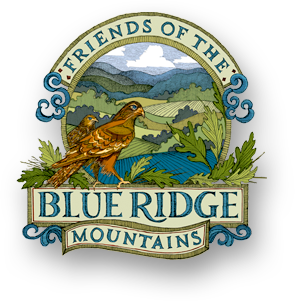List of Invasive Species
Beginning in 2027, when you visit a nearby nursery or garden store, you won’t have to guess about whether the plants you see are invasive species. They will be labeled, putting decisions about your garden and lawn in your hands.
39 Invasive Plants That Must Be Labeled at Point of Sale in Virginia (starting on 1/1/27)
1. Acer platanoides (Norway Maple)
2. Akebia quinata (Chocolate Vine)
3. Albizia julibrissin (Mimosa)
4. Arum italicum (Italian Arum)
5. Berberis thunbergii (Japanese Barberry)
6. Buddleja davidii (Butterfly Bush)
7. Cenchrus purpurascens (Fountain Grass)
8. Citrus trifoliate (Trifoliate Orange)
9. Clematis terniflora (Sweet Autumn Clematis)
10. Egeria densa (Brazilian Waterweed)
11. Elaeagnus pungens (Thorny Olive)
12. Euonymus alatus (Burning Bush)
13. Euonymus fortune (Winter Creeper)
14. Glechoma hederacea (Ground Ivy)
15. Hedera helix (English Ivy)
16. Iris pseudacorus (Yellow Flag Iris)
17. Ligustrum sinense (Chinese Privet)
18. Lonicera fragrantissima (Winter Honeysuckle)
19. Lysimachia nummularia (Moneywort)
21. Miscanthus sinensis (Chinese Silvergrass)
22. Morus alba (White Mulberry)
23. Murdannia keisak (Marsh Dewflower)
24. Myriophyllum aquaticum (Parrot Feather)
25. Nandina domestica (Nandina)
26. Oshuna crassipes (Water Hyacinth)
27. Paulownia tomentosa (Princess Tree)
28. Perilla frutescens (Beefsteak Plant)
29. Phyllostachys aurea (Golden Bamboo)
30. Pyrus calleryana (Callery Pear)
31. Rubus phoenicolasius (Wineberry)
32. Securigera varia (Crown Vetch)
33. Spiraea japonica (Japanese Spiraea)
34. Triadica sebifera (Chinese Tallow Tree)
35. Tripidium ravennae (Ravenna-grass)
36. Vinca major (Greater Periwinkle)
37. Vinca minor (Common Periwinkle)
38. Wisteria floribunda (Japanese Wisteria)
39. Wisteria sinensis (Chinese Wisteria)
20. Mahonia bealei (Leatherleaf Mahonia)

Leave a Reply
Your email is safe with us.